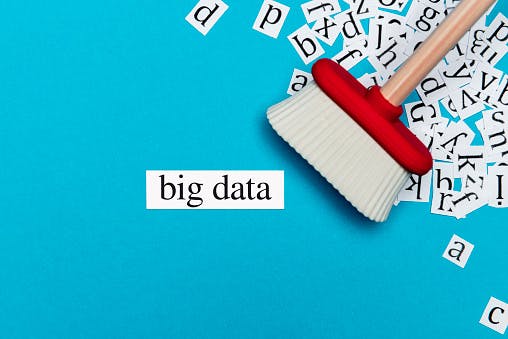I've had years of experience working as a data analyst. Every day we learn more about the significance and interconnectedness of every data analytic process. This article seeks to describe these steps. The processes are the same whether you're trying to use data to solve a straightforward problem or a more complicated one.
Step 1: Project Objective
Problem identification is the first step in every analytic process. At this stage, a data analyst asks questions like “What problem is to be solved?” The question above can come in many other forms such as;
- How do we increase customer retention?
- Why are our employees leaving?
- What does my customers really desire?
- How do we reduce cost?
A search for answers to the above will lead to the second step of analytics.
Step 2: Data Sourcing
Now that you are aware of the problem the subsequent step is to find relevant data. Since not all data will be appropriate for your project, it is crucial to obtain relevant and high-quality data that supports the study's goal. At this point, decisions about sample size, sample population, data collection methods, and tools are all taken into account. To guarantee that the proper data is gathered, customize your survey questions, interview questions, and respondent selection.

Step 3: Data Preprocessing
90% of data that is collected needs to be prepared. This includes all data cleaning procedures. According to a study, data cleansing takes up 70% of the time at every step of the data analytical process. Data cleaning is crucial for both result accuracy and insight. Data cleaning entails removing any irrelevant columns and rows, fixing missing values, adjusting scales, and addressing duplicate values.
A fresh data set is necessary if, after data cleaning, 60% of the data is lost.
Step 4: Data Exploration
This stage involves finding patterns, making calculations, creating models, predictions, and exploring relationships among variables. Data is screened to generate results for insight communication.

Step 5: Data Visualization and Communication
Don't ever use too many texts. The ability to communicate insight is what distinguishes a great analyst. Your findings must be clearly displayed in understandable visuals. The following is addressed by data communication:
- what does the results imply?
- what does that downward/upward trend signify in a real-world business scenario?
- and what are your recommendations to stakeholders.
Note: As a data analyst, it is not your responsibility to make business decisions; instead, it is your responsibility to identify the problems, suggest potential solutions, and otherwise support senior management in making decisions.
Be your own Analyst the next time you face difficulties in your career or personal life. Start by defining the problem, consider all available options, acquire pertinent data, analyze the implications of each suggested solution, and then choose the approach that best fits the situation.

